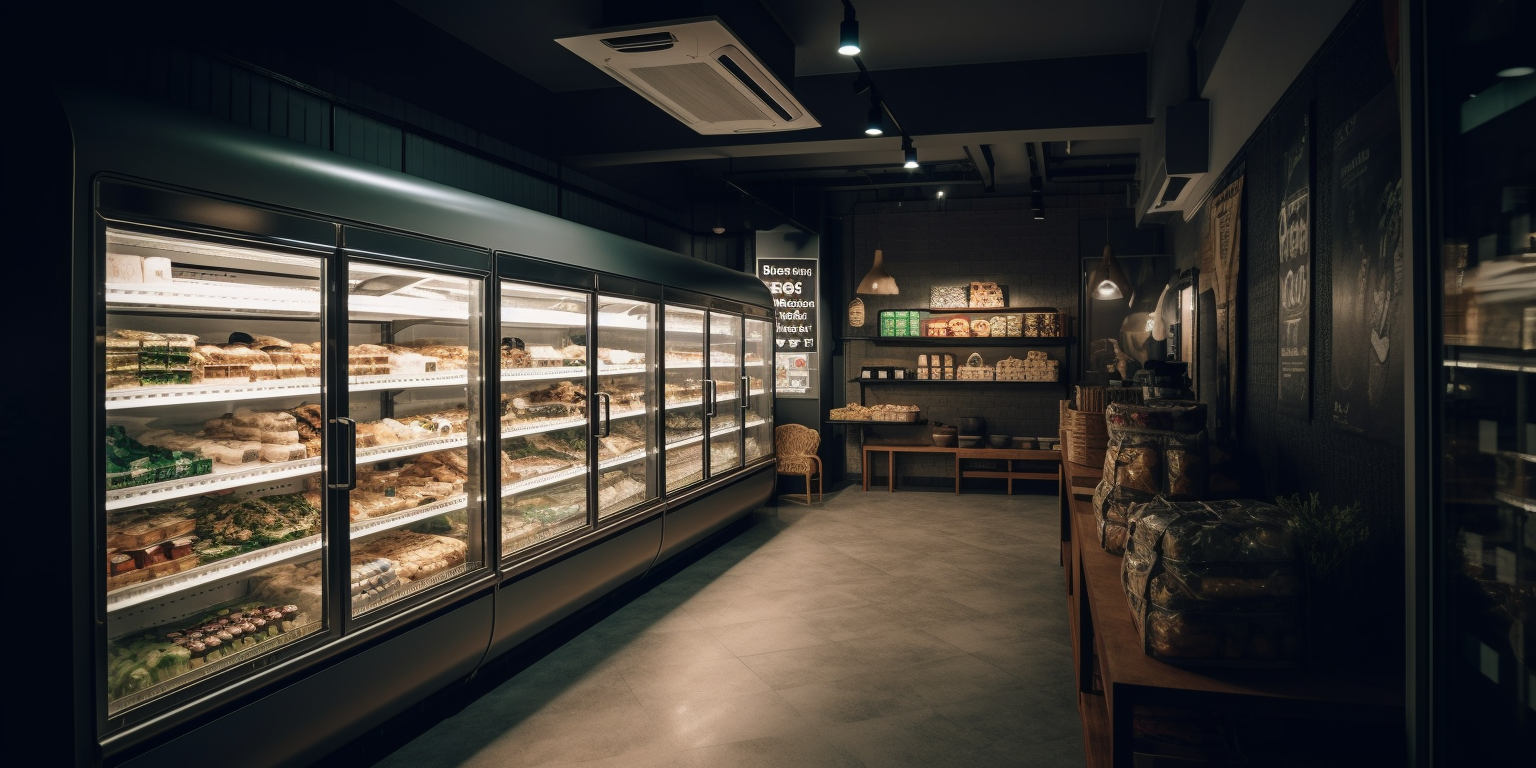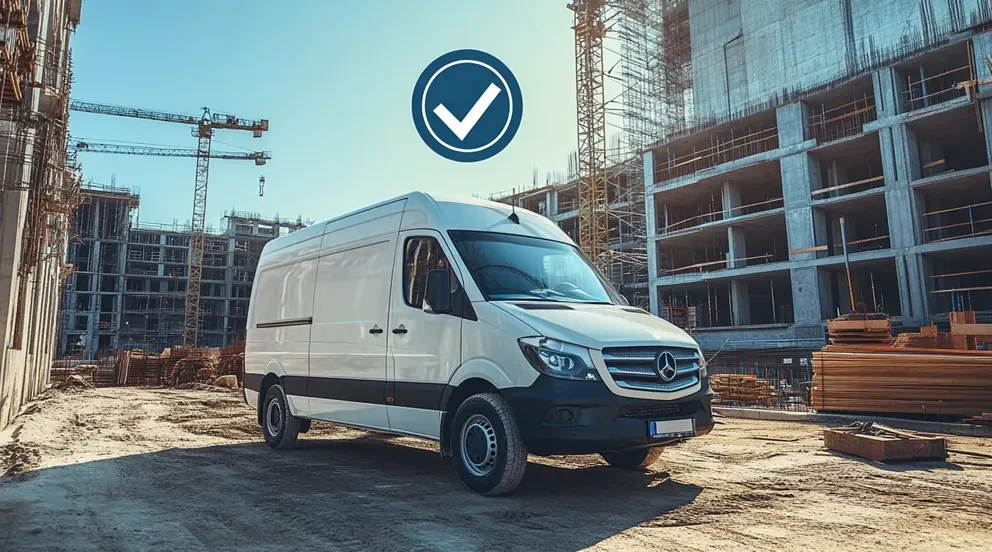What Are The Types Of Refrigeration System?
There are several different types of refrigeration systems available, each designed to meet specific industrial and commercial needs.
- Vapor Compression Refrigeration: This is the most common type, where a refrigerant passes through a compressor, condenser, expansion valve, and evaporator. It’s highly efficient and widely used in both commercial and industrial settings.
- Absorption Refrigeration: This type uses a heat source to provide the energy needed to drive the cooling process. It’s an excellent choice for large-scale operations where waste heat is available, like in chemical plants.
- Vapor Absorption Refrigeration: This system is similar to absorption refrigeration, but it uses a refrigerant that can change between gaseous and liquid states. It’s often used in commercial refrigeration and air conditioning.
- Evaporative Cooling: This system uses the process of evaporation to cool down a space. It’s environmentally friendly and energy-efficient, making it a popular choice for businesses looking to reduce their carbon footprint.
- Thermoelectric Refrigeration: This type uses the Peltier effect to create a heat flux between the junction of two types of materials. It’s handy for small-scale cooling needs, like in portable coolers or wine refrigerators.
Remember, the right type of refrigeration system for you depends on your specific needs and circumstances. Always consider factors such as the available space, the amount of cooling required, and energy efficiency.
What are the energy efficiency ratings of these various refrigeration systems?
When it comes to industrial and commercial refrigeration, various types of systems exist, each with differing levels of energy efficiency.
First, let’s dive into the world of vapor-compression refrigeration systems. A common choice, these systems utilize a circulating liquid refrigerant as the medium which absorbs and removes heat from the space to be cooled. They offer moderate energy efficiency, depending largely on the specific compressor technology employed. However, regular maintenance is crucial to keep efficiency from dropping over time.
Next up are absorption refrigeration systems. These use a heat source to provide the energy needed to drive the cooling process. While they’re often praised for their virtually silent operation, their energy efficiency tends to be lower than that of vapor-compression systems, making them less suitable for large-scale applications.
Then we have evaporative cooling systems, which function by employing water evaporation to cool air. In terms of energy efficiency, these systems shine in dry, arid climates, where the evaporation process can more effectively contribute to cooling. However, their efficiency drops significantly in humid climates.
Lastly, let’s touch on thermoelectric refrigeration systems. These systems use the Peltier effect to create a heat flux between the junction of two different types of materials. While these systems are compact and have no moving parts, their energy efficiency is quite low, especially in large, commercial installations.
In conclusion, the most energy-efficient choice will depend greatly on the specific needs of the installation, local climate, and maintenance capabilities.
How do the costs of operating different refrigeration systems compare?
When it comes to operating different refrigeration systems, costs can vary greatly, especially in the industrial and commercial sectors. Take, for example, the traditional mechanical compression refrigeration systems. They are often less expensive to install, but their operating costs can mount due to their high-energy consumption.
Conversely, absorption refrigeration systems, which utilize heat sources to generate cooling, can be more cost-friendly in the long run. Their initial investment is higher, but they can significantly reduce energy costs, especially if you have an accessible and inexpensive heat source.
Now, let’s consider the increasingly popular natural refrigeration systems, like those using CO2 or ammonia. These systems are environmentally friendly and have low operating costs due to their high efficiency and the low price of natural refrigerants. However, their installation costs can be quite high due to the specialized equipment and safety measures required.
Finally, there are thermal storage systems, which use off-peak electricity to create ice or chilled water for later use. These systems can dramatically cut energy costs by using electricity when rates are low. However, they require additional space for the storage system and can have higher maintenance costs.
In conclusion, while the upfront costs can give you an initial idea, the true cost of a refrigeration system lies in its long-term operation. It’s crucial to consider factors like energy efficiency, maintenance needs, and the cost and availability of refrigerants when comparing different systems.
Tips on Choosing the Right Refrigeration System
Choosing the right refrigeration system for your commercial needs doesn’t have to be a daunting task. Here are some tips to guide you in the right direction.
- Assess Your Needs: The first step is to understand your specific refrigeration requirements. Consider the volume of products you need to store, the space available in your facility, and the type of items you’ll be refrigerating.
- Energy Efficiency: Look for systems that are energy-efficient to help lower running costs. Check the Energy Star ratings; the higher the rating, the more energy-efficient the product is.
- Size Matters: Don’t buy a system that’s too large for your needs as it will waste energy. Conversely, a system that’s too small won’t be able to adequately cool your goods.
- Reliability and Durability: Commercial refrigeration systems should be built to last. Do some research into the manufacturer’s reputation for reliability and longevity before you make a purchase.
- Maintenance and Support: Regular maintenance is vital for the efficiency and lifespan of your refrigeration system. Make sure you choose a supplier who offers good post-sales service and maintenance.
- Temperature Controls: Look for systems that offer adjustable temperature controls. This gives you the flexibility to store a variety of goods at their optimal temperatures.
- Budget: Last but not least, consider your budget. While it might be tempting to opt for the cheapest option, remember that you often get what you pay for. It might be worthwhile spending a little bit more upfront for a high-quality and reliable system that will save you money in the long run.
So, take your time with your selection process and consider these tips. You’re sure to find the perfect refrigeration system for your commercial needs.
Which refrigeration system is most suitable for large-scale industrial refrigeration?
When it comes to large-scale industrial refrigeration, the Ammonia Refrigeration system stands as the most suitable choice. Why, you ask? Well, ammonia, as a refrigerant, boasts a number of advantages over other alternatives. It’s incredibly efficient, meaning it cools down your products faster while using less energy. This efficiency results in significant cost savings over time – a major win for any large-scale operation.
What really sets ammonia apart, however, is its environmental friendliness. Unlike many refrigerants, ammonia poses no threat to the ozone layer. Plus, in the unlikely event of a leak, it breaks down quickly without harming the environment.
There’s also a practical safety advantage. Ammonia has a strong smell that’s detectable even at low levels. That means if there’s a leak, you’ll know about it quickly, and can take immediate action.
Finally, let’s not forget that ammonia has been used in industrial refrigeration for over a century. That’s a lot of time to refine and perfect the technology, making it a reliable and proven solution.
Are there any environmentally friendly commercial refrigeration systems available?
Absolutely, there are several environmentally friendly commercial refrigeration systems available today. Manufacturers are increasingly prioritizing sustainability to reduce the environmental impact of their products.
One notable example is the hydrofluorocarbon (HFC)-free refrigeration systems. These systems exclude the use of HFC gases that contribute to global warming. Instead, they use natural refrigerants like Carbon Dioxide (CO2), Ammonia (NH3), or Hydrocarbons such as Propane and Iso-butane. These natural refrigerants have zero Ozone Depletion Potential (ODP) and low Global Warming Potential (GWP).
Companies are also turning to energy-efficient models. These refrigeration units use advanced technology to reduce power consumption, thus lowering CO2 emissions. Plus, energy-efficient models can cut electricity costs, making them a budget-friendly option.
Moreover, some systems incorporate waste heat recovery technology. This innovative feature recaptures the heat produced by the refrigeration system, using it to heat water and spaces, which saves energy and reduces the carbon footprint.
What are new developments in tech that can support the operation of Refrigeration Systems?
Advancements in technology are revolutionizing the industrial and commercial refrigeration landscape. One major development is the use of IoT (Internet of Things). IoT-connected refrigeration systems can continuously monitor temperatures, pressure levels, and energy usage, alerting users to any significant changes. This real-time data allows for immediate action, reducing the risk of product loss and enhancing system efficiency.
Another game-changer is the increased adoption of artificial intelligence (AI) and machine learning. These technologies can predict potential failures by analyzing patterns in operational data. With this proactive approach, businesses can prevent system downtime and expensive repairs.
Energy efficiency is a critical concern in commercial refrigeration. In response, manufacturers are incorporating variable speed compressors that adjust their speed based on the system’s cooling needs. This innovation reduces energy consumption and lowers operational costs.
Lastly, advancements in software solutions can’t be overlooked. Modern refrigeration management software provides comprehensive data analysis, helping businesses optimize their refrigeration systems. They offer insights into energy usage, cost trends and maintenance scheduling, enabling businesses to make informed decisions.
These technological developments are not just increasing the operational efficiency and reliability of refrigeration systems, but they’re also paving the way towards a more sustainable and cost-effective future in industrial and commercial refrigeration.
Key Takeaways:
- When choosing a refrigeration system, you should consider several factors such as energy efficiency, temperature controls, and the reputation of the manufacturer.
- Ammonia Refrigeration systems are the most suitable for large-scale industrial refrigeration due to their efficiency, environmental friendliness, and long history of use.
- There are various environmentally friendly commercial refrigeration systems available today. These include HFC-free systems and energy-efficient models.
- Technology is playing a significant role in improving the operation of refrigeration systems. Innovations in IoT, AI and machine learning, variable speed compressors, and refrigeration management software are enhancing efficiency, reducing costs, and promoting sustainability in the industry.



